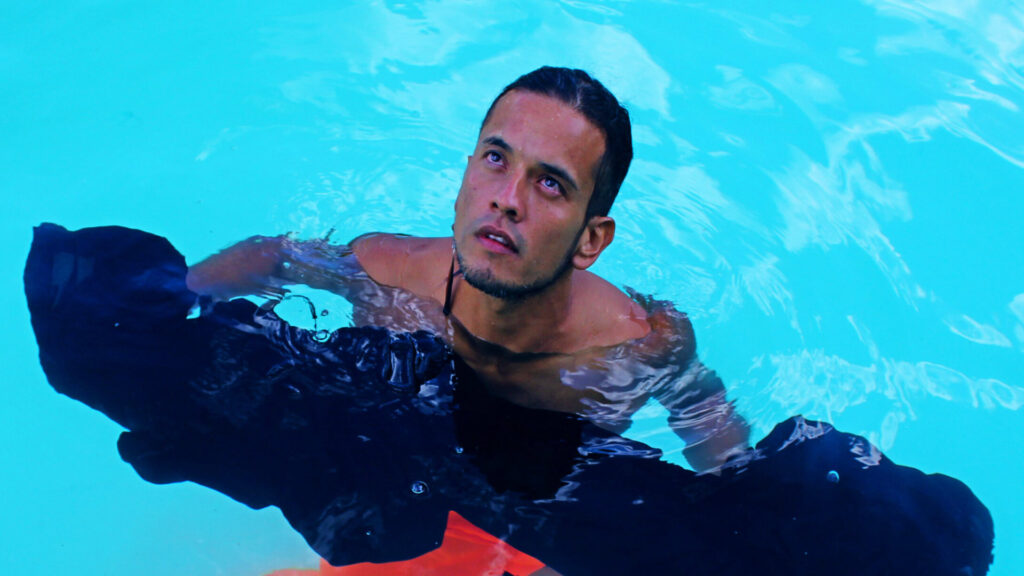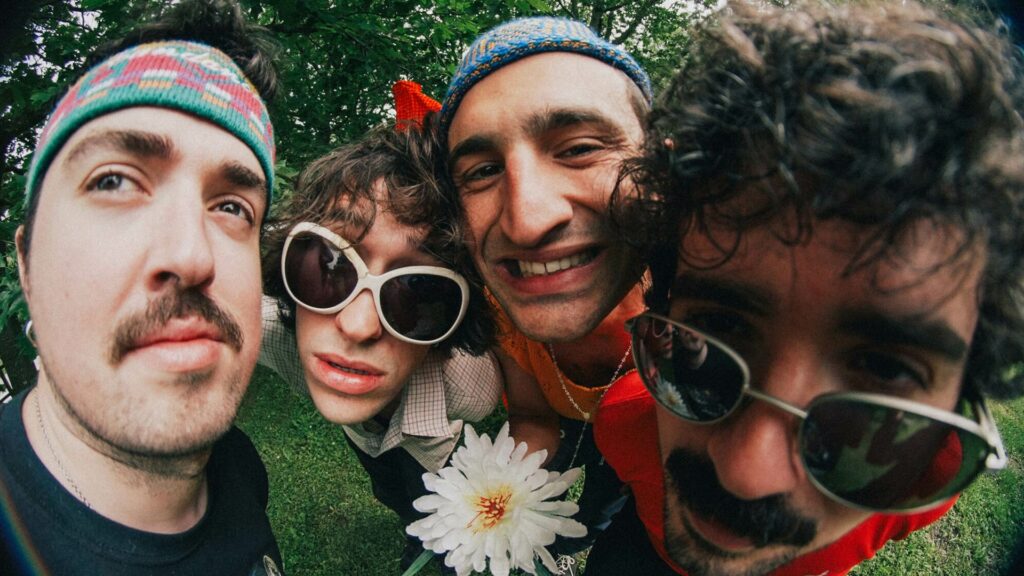For 28 years Présence Autochtone (Montreal First Peoples Festival) has been at the forefront of promoting and preserving the culture and heritage of the indigenous people of Canada, the Americas and the rest of the world, through film, music, dance and visual arts. The film programme serves to open up dialogues on the tribulations and triumphs of aboriginal people, through both documentary and drama movies. Two stand-out films this year were “Dirt McComber: Last of the Mohicans”, a documentary about the titular Dirt McComber, a straight-talking man from Kahnawake, near Montreal, who hunts and fishes on the land to provide for his family. He is also the passionate coach of the local lacrosse team, which his whole family is involved in. When you talk about forces of nature and larger-than-life characters, Dirt fits the bill, and then some.
At a completely different pace was the historical drama “Sweet Country” by the prolific, award-winning Australian Aboriginal filmmaker Warwick Thornton. With big name stars Bryan Brown and Sam Neill, the film tells the story of an Aboriginal stockman in the early 20th century, who shoots a white landowner while trying to defend himself and his wife, and takes off into the Northern Territory bush to avoid the local police sergeant (Brown). The film moves at a pace that reflects the arid landscape in which it is set, and highlights the white man’s attitude towards the Aboriginal people that still exists to this day.
While the films are always entertaining, it is music and dance that reaches the largest audience through the spirit of the pow wow, with four days of free concerts held in Place des Festivals in downtown Montreal. The traditional pow wow was led this year by Northern Voice, drummers (tewehikanles) and Wemotashee singers from the Atikamekw Nation, whose sound penetrates into the very core of your being. They were joined by the Deer Family Singers and Dancers, who performed daily, as well as leading the spectacular “Ioskeha et Tawiscara: Le Grand Jeu de la création” (the great play of creation) show on Friday night.
Where this festival excels in promoting contemporary music by indigenous performers. Artists such as Montreal-based Beatrice Deer, an Inuk/Mohawk singer from Nunavik in Northern Quebec. The Beatrice Deer Band played on Thursday night (as well as two sets earlier in the day at Jardins Gamelin), performing their folk-pop-rock songs in Inuktitut and English, as well as incorporating Inuk throat-singing. Beatrice describes it as, “An Inuit style of singing that is thousands of years old. It is a game between two women. It’s very technical and needs a lot of practice. It has a very rhythmic pattern, with a follower and a leader. The leader starts and the other singer copies until one makes a mistake.” Following Beatrice, were The Jerry Cans, also from Northern Quebec, a primarily white alt-folk band that perform their upbeat acoustic songs with guitars, fiddle and accordion. They sing mostly in Inuktitut, and also incorporate throat singing, making them a real crowd pleaser.

Beatrice Deer

The Jerry Cans
Saturday night was a musical showcase from Musique Nomade, an organisation that actively promotes Canadian aboriginal artists across all musical genres. Hip-hop is particularly popular amongst the youth (and some older members) of the First Nations communities, incorporating modern and traditional beats and rhythms. Sacred Wolf Singers provided live drum and vocals for the performers on the evening. Hip-hop and rap are giving a much-needed voice to the youth. As Rage Against the Machine said, “You can’t silence the voice of the voiceless”. Duo Violent Ground and young soloist Wolf Castle both provided strong performances that resonated with the vast crowd.

Violent Ground
There was no shortage female representation, with synth-pop trio Chances, singers Annie Sama and Anachnid performing solo and together in both English and Inuk, again incorporating throat singing, with the call and response style working perfectly with hip-hop beats. The highlight of the night was young singer-songwriter IsKwe of Cree/Dené and Irish heritage, whose powerful, soaring pop-rock vocals, backed by some serious guitar shredding, has seen her cross over into the mainstream Canadian charts. With individual and collaborative set pieces from all the performers, it was an indication that indigenous music is on the rise and getting widespread recognition and acceptance.

Annie Sama

Anachnid
The rise of this indigenous music movement was highlighted in the film “When They Awake” (PJ Marcellino, Hermon Farahi – 2017), which screened in the open air at the rain-soaked Place de Festival. The documentary focusses on performers such as The Jerry Cans, IsKwe and Logan Staats, who have all performed at the festival, as well Tanya Tagaq and A Tribe Called Red, who are now national and international superstars. Through all the different genres of music, these and the other featured artists are using their success and voices to encourage others to not only explore contemporary music but also connect with their roots and bring the issues that they face to a much larger audience. And the film brings this music to cinema audiences that would not otherwise hear it.
Another outstanding film at the festival was “The Road Forward” directed by Marie Clements, which is described as a musical documentary and has incredible production values not usually seen in this type of movie. It featured full-blown original musical numbers to reenact some key moments in the birth on Canada’s Indian Nationalism in the 1930s through the Native Brotherhood and Native Sisterhood and their newspaper The Native Voice, which was pioneering in itself at a time when independent newspapers were almost unheard of, let alone one specifically for the First Nations. The film covers many subjects in the struggle for civil rights and recognition of land rights, both historical and contemporary, all put together in a unique way that includes original songs from indigenous performers along with superb cinematography, animation and graphics that never gloss over the importance of the message.
It was another successful year for the festival, especially the attendance at the music concerts, which was possibly aided by the fact that Montreal’s biggest summer music festival Osheaga wasn’t on the same weekend as has happened in the past, or just because there is an increased interest in contemporary indigenous music.
Find out more about:
Cover photo: Deer Family
All photos by Chris Patmore
Next story


